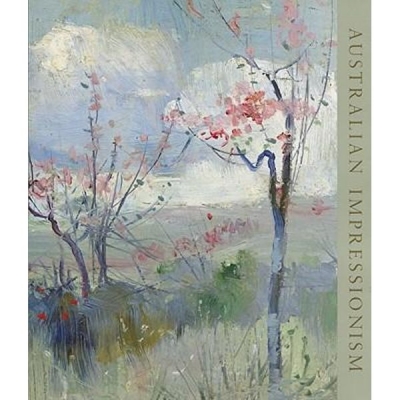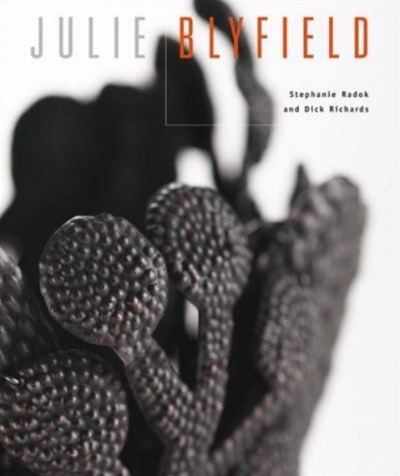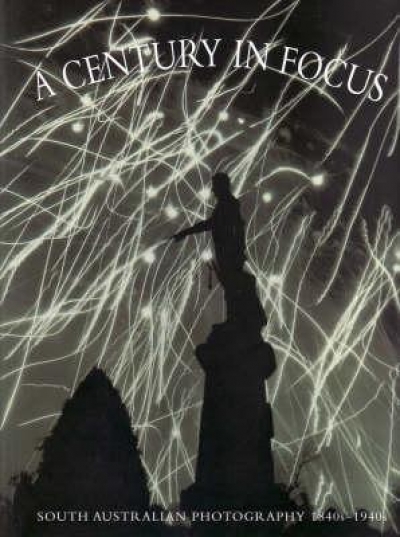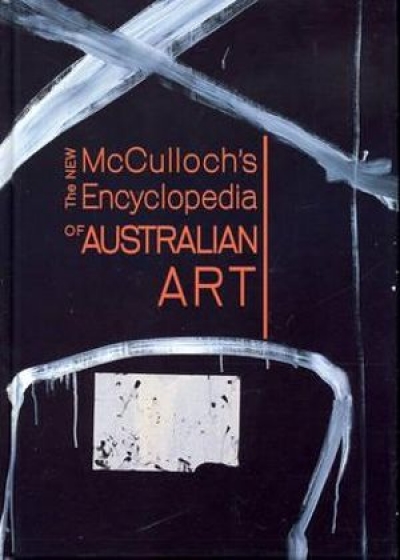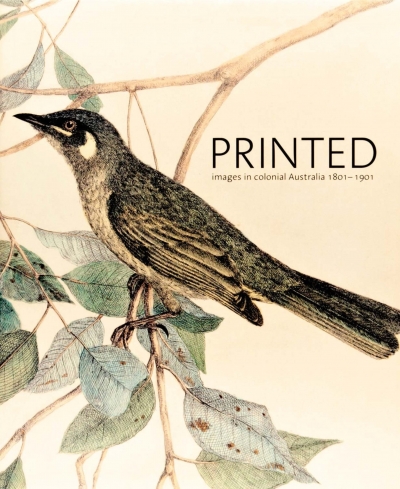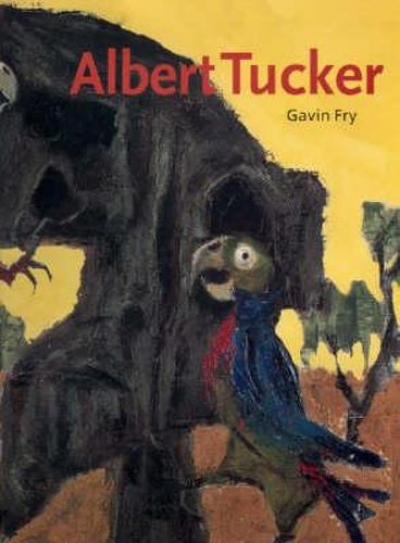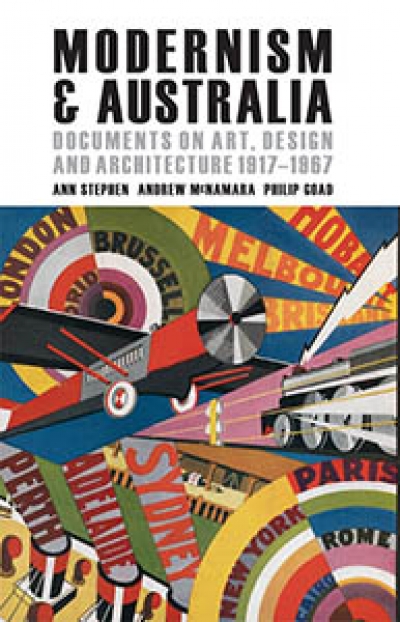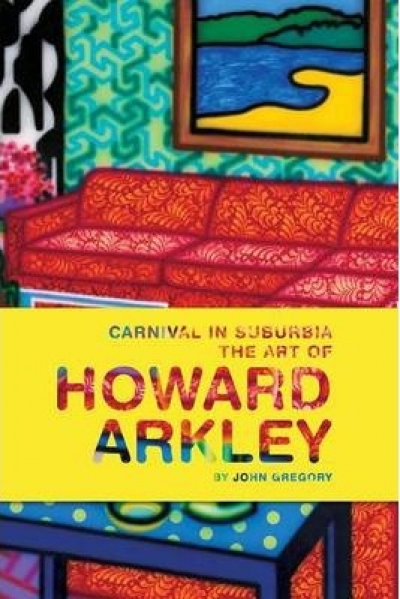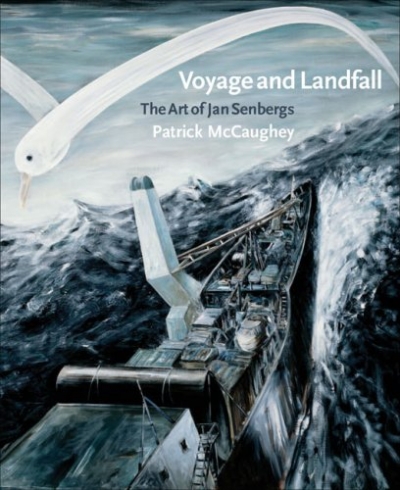Australian Art
As convenor of the 32nd Congress of the International Committee of the History of Art (January 2008), I have become increasingly aware of what others want to know about Australia and of the gaps in our agenda. It is equally clear that there is much that we do very well that is not yet recognised internationally.
... (read more)A Century in Focus: South Australian Photography 1840s-1940s by Julie Robinson and Maria Zagala
by Alisa Bunbury •
The New McCulloch's Encyclopedia of Australian Art by Alan McCulloch, Susan McCulloch and Emily McCulloch Childs
by Susan Lowish •
Printed Images in Colonial Australia 1801-1901 edited by Roger Butler & Printed Images by Australian Artists 1885-1955 edited by Roger Butler
by John McPhee •
Modernism & Australia: Documents on art, design and architecture 1917–1967 edited by Ann Stephen, Andrew McNamara, and Philip Goad
by Anthony White •
Carnival in Suburbua: The art of Howard Arkley by John Gregory
by Sarah Thomas •
Voyage and Landfall: The Art of Jan Senbergs by Patrick McCaughey
by Vivien Gaston •

